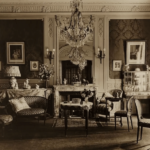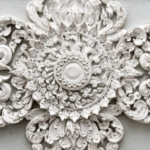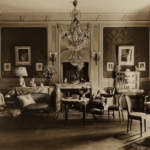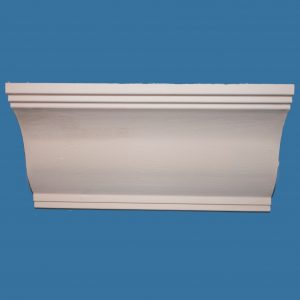Plaster and cement mouldings have played a significant role in the architectural design of heritage buildings in the UK. These mouldings, as well as having some practical purposes, added a touch of elegance and sophistication to many historic houses, from stately homes to smaller terraced houses.
The origins of plaster and cement mouldings date back to the early 18th century, where they were used to decorate the interiors of grand houses and public buildings. Plaster mouldings were often used to embellish cornices, friezes, archways and ceiling centres, whilst cement mouldings were traditionally used for external decoration.
If you’re looking for information on what style of mouldings may have been used in your type of property originally, or identifying the era of your current mouldings, Read our blog – Plaster Mouldings: A Renovator’s Guide
The art of plaster moulding has always been a highly skilled profession and required years of apprenticeship to master, and as well as modern master crafters using these skills to manufacture mouldings created in traditional ways using traditional materials and tools, they now have the skills to replicate, repair and rebuild original mouldings that have been neglected, damaged, or removed in modern times.
Mouldings have a practical use in houses, as well as being aesthetically pleasing. For example, cornices and ceiling roses help to disguise any unsightly join between the ceiling and walls, whilst adding an elegant touch to the room. Skirting boards and architraves help to conceal any gaps or rough edges around doors and windows, whilst also adding a decorative element to the room. Wall panelling was also used in period properties as a way or protecting delicate wall coverings and fabrics from furniture and chairs.
The styles of mouldings have evolved over the decades, reflecting changes in architectural fashion. Georgian homes favoured elaborate plasterwork, with intricate cornice and ceiling centres, whilst Victorian homes opted for a more ornate style, featuring highly decorative architraves and skirting boards. Art Deco homes preferred large but simpler, geometric designs, with clean lines and bold shapes.
Many historic buildings have suffered damage to their mouldings over time, either due to neglect or through renovation work that removed the original plasterwork.
Today, there is a growing trend towards restoring these historic features to their former glory. Skilled craftsmen are now able to replicate original designs using traditional methods, ensuring that the restored plasterwork is indistinguishable from the original.
Plaster and cement mouldings have certainly played an important role in the architectural design of heritage buildings in the UK and the various styles of mouldings reflect changes in architectural fashion over the decades, but what should be look out for when taking on a project with original features?
Things to watch out for when renovating a property with original plaster mouldings:
- Do you see hairline cracks in your mouldings? These small cracks could be repaired with a plaster of Paris mix or even a filler, but be careful, if the cracks are large or lifting, this could be a sign of something more serious and should be looked at by an expert.
- You may be aware you can buy replacement DIY plaster cornicing kits, but some of the issues reported with these are not being able to find an exact pattern match, it may not be as stable and last as long as one made with traditional materials and also will have a different look due to the manufacture and age of the mouldings, and may appear a different colour even when painted. It is better to contact a professional who will be able to take a precise mould of the original and manufacture and install an exact replacement.
- If you have water damage to higher floors, need to carry out works under any existing floors or floorboards above ceiling centres and mouldings, or will be using equipment or power tools that cause vibrations, this may cause damage to your existing mouldings and in a worst-case scenario, may cause large or heavy mouldings to come away from the ceiling.
If you’re renovating a period home, restoring a heritage building and require repairs, restoration or re-creation of any missing, damaged or removed mouldings, Abby Mouldings have been manufacturing replica, bespoke and re-created moulding using traditional techniques and materials for over 30 years.
You can get in touch with us for a chat about your project by sending us an email or give the team a call on 01626 830500.
You may also like to read…
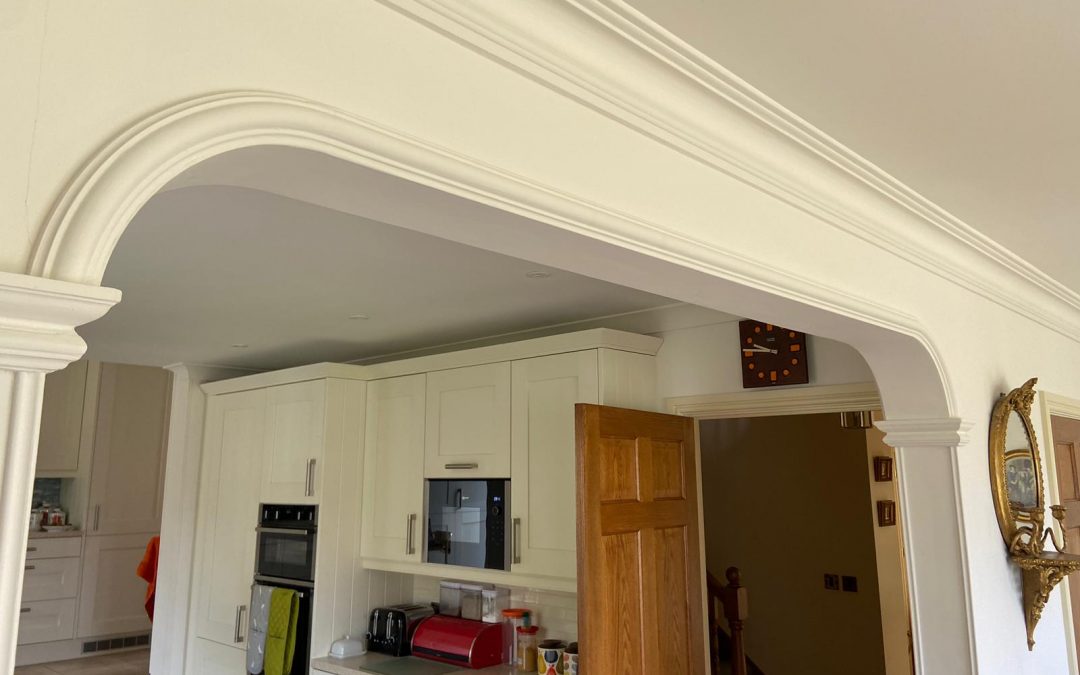
Braunton, Devon: Revisited Archway, Cornice and Ceiling Centre Project
It’s not very often that we get to go back and see our plaster mouldings in rooms after they have been painted, decorated and furnished, which is why we were so pleased to re-visit this project in Braunton, Devon. The homeowners initially commissioned us to...
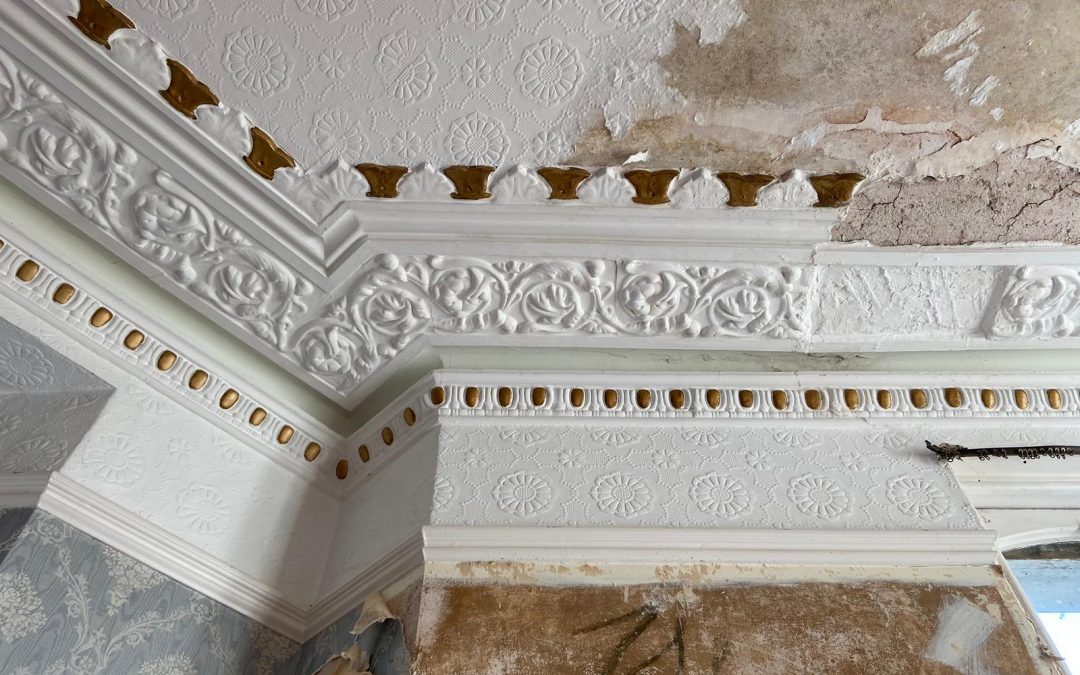
Damaged Cornice Restoration: Torquay
The ceiling in this gorgeous period property in Torquay had severely rotten timbers above the bay window which meant the whole ceiling had to be taken town and replaced. All the different parts of the cornice had to be copied using either running moulds or silicone...

Make the most of your ceiling with these decorating ideas
Ceiling centres have been a prominent design element in traditional homes for centuries. These decorative features, also known as ceiling roses or medallions, add a touch of elegance and charm to any room. With intricate designs and detailed craftsmanship, traditional...
For more inspiration and ideas – follow our instagram @abbymouldingsltd

